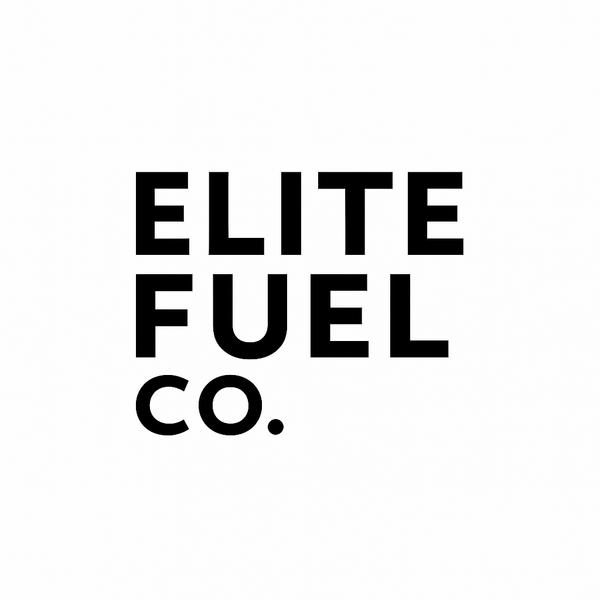If you’re serious about your athletic performance, you can’t just train hard—you have to fuel smart. Whether you're chasing a PB in the gym, competing on the field, or pushing limits in endurance events, what you eat before, during, and after training has a massive impact on your energy, recovery, and long-term gains.
In this guide, we break down everything you need to know about sports nutrition timing—without the confusing jargon. Let's fuel like athletes.
Pre-Workout Nutrition: Priming the Engine
Goal: Top up energy, stabilise blood sugar, and prepare your muscles for peak output.
What to Eat:
2–4 hours before: Focus on a balanced meal with complex carbohydrates, lean protein, and a small amount of healthy fats.
Example: Chicken wrap with sweet potato and greens
30–60 minutes before: Opt for a fast-digesting carb with a touch of protein.
Example: Banana with a small spoon of peanut butter or a low-fat yoghurt
Quick Tips:
Avoid large meals right before training—they can sit in your gut and reduce performance.
Hydrate! Even slight dehydration can tank your endurance and concentration.
Intra-Workout Fuel: Going the Distance
Goal: Sustain energy, prevent muscle breakdown, and delay fatigue—especially during longer or intense sessions.
Who Needs It:
Training over 60 minutes
High-intensity sessions
Endurance athletes
What to Eat/Drink:
Carbohydrates: 30–60g/hour depending on intensity. Opt for glucose + fructose mix for best absorption.
Example: Sports drinks, gels, dried fruit, or bananas
Electrolytes: Sodium, potassium, and magnesium are key to prevent cramping and maintain nerve function.
Pro Tip:
If your session is under 45 minutes and moderate, water usually suffices. Don’t overcomplicate it.
Post-Workout Recovery: Rebuild and Reload
Goal: Replenish energy stores, repair muscle, and kickstart adaptation.
What to Eat:
Carbs: Refill glycogen stores—especially important if training again within 24 hours.
Protein: Aim for 20–40g high-quality protein to trigger muscle protein synthesis.
Example: Chocolate milk, chicken and rice, protein shake with fruit
Timing:
The “anabolic window” isn’t as short as once thought—but eating within 1–2 hours post-training gives you the best shot at optimising recovery.
Hydration:
Rehydrate with water and electrolytes. A simple rule: 1.5x the fluid lost (weigh yourself before/after if you want to be precise).
Athlete-Approved Sample Fueling Plan
Morning Session Example:
6:30am (Pre-workout): Banana + scoop of whey in water
During (60 min HIIT): Water + electrolyte tab
Post-workout (8am): Scrambled eggs on sourdough + berries + coffee
Afternoon Long Run Example:
12pm lunch: Chicken rice bowl with avocado and veg
3:30pm snack: Granola bar + yoghurt
4:30pm run (90 min): Sports drink + gel halfway
6pm recovery: Smoothie with banana, protein, oats, and almond milk
Final Thoughts
Fuelling isn’t just about calories—it’s about strategy. The right foods at the right times can mean the difference between feeling flat and finishing strong.
If you’re training like an athlete, it’s time to fuel like one.
Need help customising your ntrition for performance?
Stay tuned for our upcoming guides on carb loading, race day fuel, and supplement strategies—or get in touch for 1:1 support from our expert sports dietitians.

